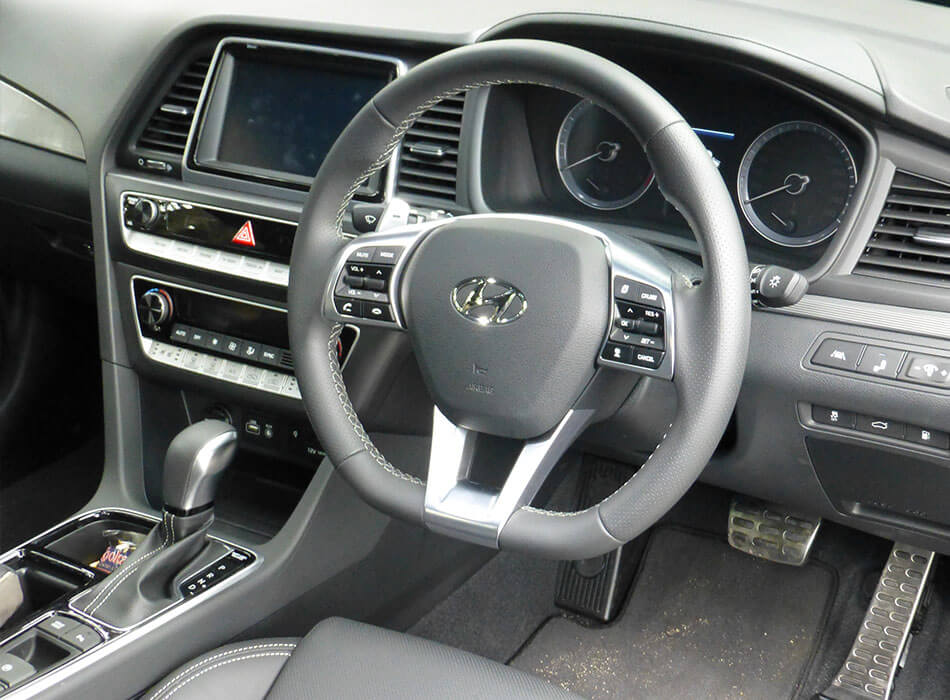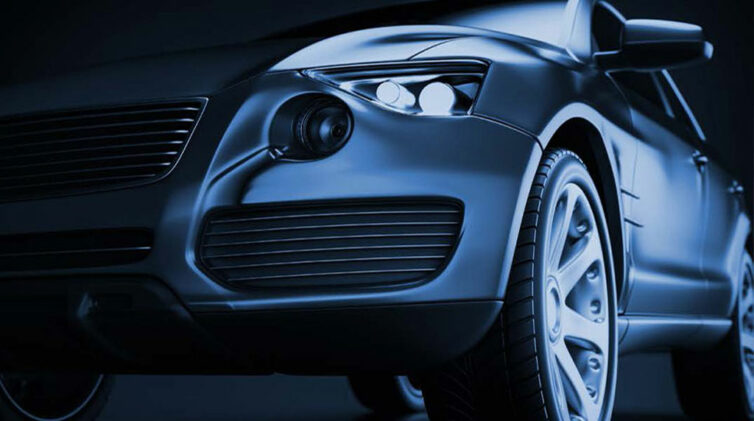On the one hand it wants to urgently drive up volume by tapping into the ever-hungry fleet sector that is now open to all importers with the loss of Holden and Toyota local cars – especially the local Camry.
On the other hand it needs to expand the appeal of the Sonata to the more revenue-rich private buyer group. With the private sector comes more margins on each car sold and the longer-term benefit of more sustainable resale values. Fleets effectively impinge on both these advantages.
Fleet sales – including government and rentals – make up 40 per cent of Sonata sales. For the entry-level Active version, this fleet figure jumps to 51 per cent.
HMCA CEO JW Lee told GoAutoNews Premium that he wants Sonata to improve sales and find this elusive balance.
The Sonata, reintroduced in 2014 after a five-year absence, has struggled to find its potential. In the 10 months of this year, only 790 units have sold. This compares with the segment leader, the now-ceased Australian-built Camry, at 20,498 units.
Sonata’s performance is also less than half that of the Skoda Octavia and Subaru Liberty; yet neither of these are aimed at fleet business.
Launching the Sonata in its mid-life makeover guise last weekend, Mr Lee said he hoped the new look and increased features “would get a different response from customers” than the previous car.
He said Hyundai “would not give up on the fleet sector”, announcing that NSW Police had taken delivery of specially developed test vehicles.
The Sonata is pitched for the 2018 model year in two variants – the $30,990 plus costs Active and the Premium at $45,490 plus costs.
Pricing will determine where the buyers will come from. Fleets are unlikely to consider the expensive Premium but would look at the price appeal of the Active, especially when it includes a long warranty and service program.
As a fleet consideration against Camry, this could be Sonata’s year as the Camry readies to be imported from Japan.
There are important similarities – at least on paper – between the Camry and the Sonata.
Both the Sonata Active and the outgoing Camry Atara S have the same engine size, similar power and torque outputs, similar transmissions and even the fuel consumption averages of 8.3 litres per 100 kilometres and 7.9 L/100km respectively are close.
You can fit 510 litres of luggage into the Sonata; 515 litres into the Camry. They are 5mm apart in length, 5mm in height, though the Sonata sits on a more stretched wheelbase that is 30mm longer.
Mr Lee is aware that the change from a local manufacturer to equal status as an importer may play into his company’s hands.
In an interview earlier this year, Toyota Australia sales and marketing executive director Tony Cramb said: “We were getting some special treatment from various government authorities and some larger Australian companies would give us preferential treatment as a local manufacturer.”
“We’ll certainly continue to sell Camrys to the fleet and government market but obviously buying policies will change after we are no longer are a local manufacturer.”
But Mr Lee also wants families to buy the Sonata. Sales data shows that 60 per cent of buyers are male, more to do with its high fleet sales than a decision by women to avoid the car.
He is also prepared to make changes to both the Sonata and, indeed, any Hyundai model, in order to increase its current 8.3 per cent year-to-date market share, third behind Toyota (18.3) and Mazda (9.9).
“We have to also look after our private customers,” he said.
“Australians demand choice. To me, anything is possible. We are capable of providing almost any vehicle that the Australian customer wants.
“Nothing is ruled out. Anything is possible.”
A ute? “You have to wait.”
By Neil Dowling


















 Read More: Related articles
Read More: Related articles

